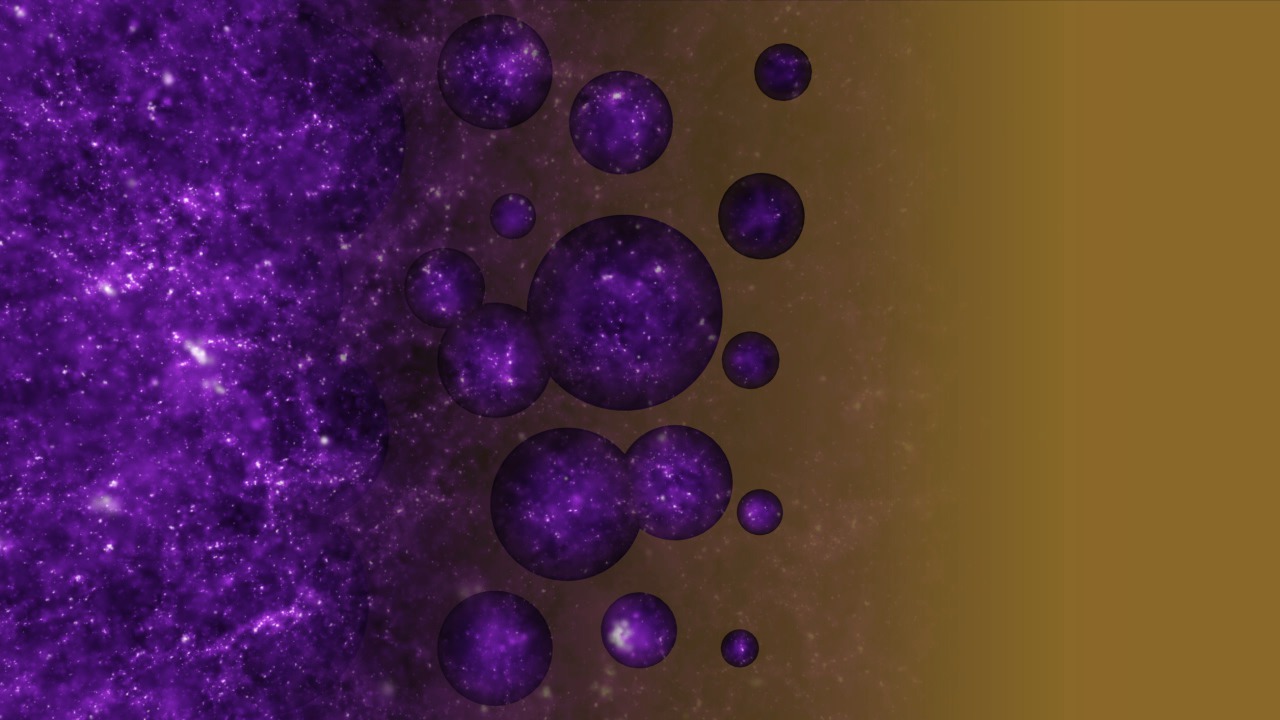Universe
ID: 10131
About 300,000 years after the Big Bang, the Universe spread out enough that free electrons and protons could form atomic hydrogen. These atoms readily absorb light, thus creating an opaque murky era known as the cosmic Dark Ages. Roughly 900 million years later, the Universe underwent a Reionization Period. The earliest stars and quasars generated enough ultraviolet light to turn hydrogen atoms back into protons and electrons. These areas began as bubbles, continually spreading until light was permitted to travel freely through the Universe. This moment has been dubbed the Cosmic Dawn.

The Cosmic Dawn (Still Image Without Titles)

Credits
Please give credit for this item to:
NASA/STScI
NASA/STScI
Short URL to share this page:
https://svs.gsfc.nasa.gov/10131
This item is part of this series:
Astrophysics Stills
Goddard TV Tape:
G2007-007HD
Keywords:
SVS >> HDTV
SVS >> Astrophysics
SVS >> Early Universe
SVS >> Cosmology
SVS >> Big Bang
SVS >> Universe
NASA Science >> Universe
https://svs.gsfc.nasa.gov/10131
This item is part of this series:
Astrophysics Stills
Goddard TV Tape:
G2007-007HD
Keywords:
SVS >> HDTV
SVS >> Astrophysics
SVS >> Early Universe
SVS >> Cosmology
SVS >> Big Bang
SVS >> Universe
NASA Science >> Universe











